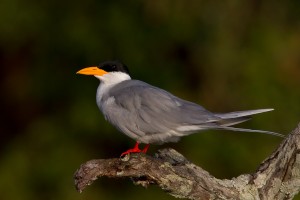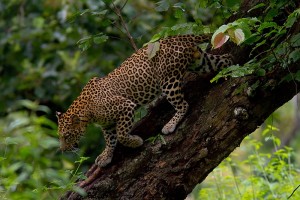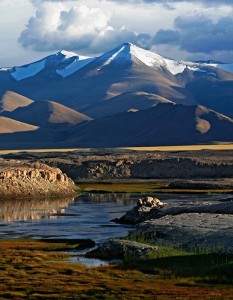Bandipur National Park – In company of Pachyderms
This article was first published in ‘Jungle Tales’ a book released by Jungle Lodges and Resort to celebrate 25 years in operation. I made a visit to Bandipur National Park and chronicled my experiences from the tour for the book.
From May 20th to 22nd, Darter Photography (a photography tours venture from pro-photographers Shreeram and me) is travelling to Bandipur. The photography tour to Bandipur involves jeep safaris in the park every morning and evening, where our photographer will work closely with each of the participants and help them make good images of the park’s wildlife. Go here to see more details about the tour and to register.
The lone tusker stopped feeding for a moment and looked at our jeep warily. He appeared immature and lacked the confidence to roam recluse in the forest. His dark hide camouflaged well with the thick undergrowth, but our sharp-eyed driver had spotted the pair of bright tusks through the swaying leaves. The pachyderm looked up through the shrubs cautiously and assessed our intentions in invading his territory. After a brief pause, he decided to beat a quick retreat into the jungle.
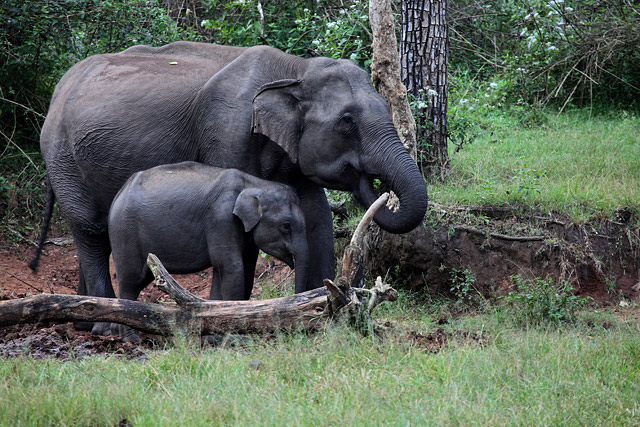
The meeting with this anxious pachyderm ended up in a game of hide and seek. He hastily moved away, but could not resist pausing and turning back to check if we followed him. We infact did. As we drove closer to take a good look at his shining tusks, he retreated further until curiosity stopped him again. We repeated this for a while until he grew bored of us, trumpeted a good-bye and swiftly disappeared in the undergrowth. As he went out of sight, the silence in our jeep was broken by a series of exclamations by the occupants. It was our first wildlife sighting of the day.
The next tryst with elephants happened minutes later, this time less entertaining but much more thrilling. It was a small family lead by a tall and sturdy matriarch who kept a careful watch at a baby in the pack. On seeing us, the matriarch raised her trunk and trumpeted threateningly, sending a message that we were not welcome. She moved forward and violently pushed a nearby tree, which crackled and gave away in seconds. The tree trunk broke and was on the ground even before we knew what happened. The matriarch’s intentions were clear. We fled immediately.
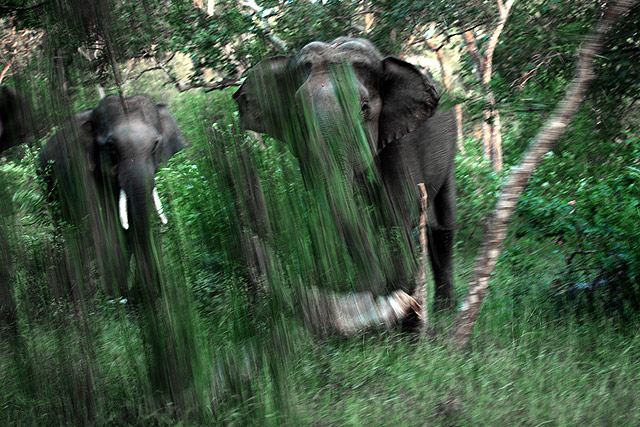
The tryst with these large mammals continued during my stay at Bandipur Safari Lodge. Next evening, we accidentally crossed path with an elephant which was crossing the road to join its herd. It was too close to us for comfort, standing just a few meters from the jeep’s bonnet. My heart stopped for a moment as the elephant paused and contemplated its next move. Unhappy at the intrusion, she nearly charged at us and before turning around and disappearing in the bushes. What seemed to be a grave danger had subsided in an instant.
Not every encounter however, was an uneasy one. In another occasion, we saw a small herd foraging calmly next to a pond, completely ignoring our presence. They nonchalantly plucked blades of grass and rid them of the mud by pounding into the ground before feeding. They flapped their ears and occasionally scooped a pile of mud and splashed it on their backs. A small baby moved playfully between the legs of the matriarch. For them, life in the forest was mostly normal, but for a few uneasy brushes with the troublesome humans.
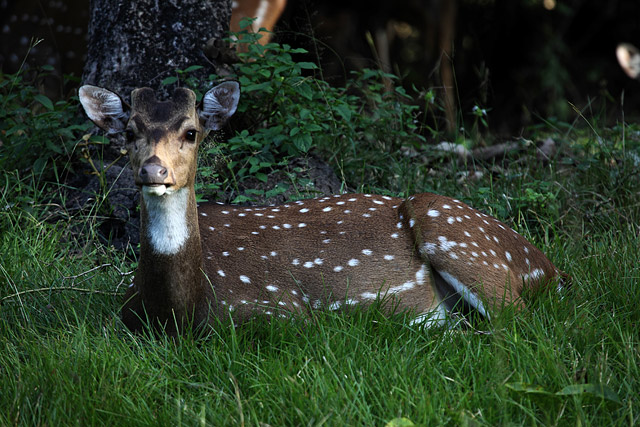
Encounters of forest life in Bandipur were not just limited to boundary of the national park. Back at the Safari Lodge, the fig trees attracted birds in large numbers. “This place will be teeming with Asian Koels and Grey Hornbills,” said the naturalist Nataraj, “wait till the figs ripen.” The figs were still green, but the grassy surroundings and flowering vines still attracted the smaller birds. Magpie robins whistled continuously as they searched for insects on the ground. Purple sunbirds with their shining feathers fluttered from flower to flower and sucked the sweet nectar. Shrikes meditated on the dry branches in the open ground next to the lodge and kept an eye for prey. The edge of the park was as alive as the forest itself.
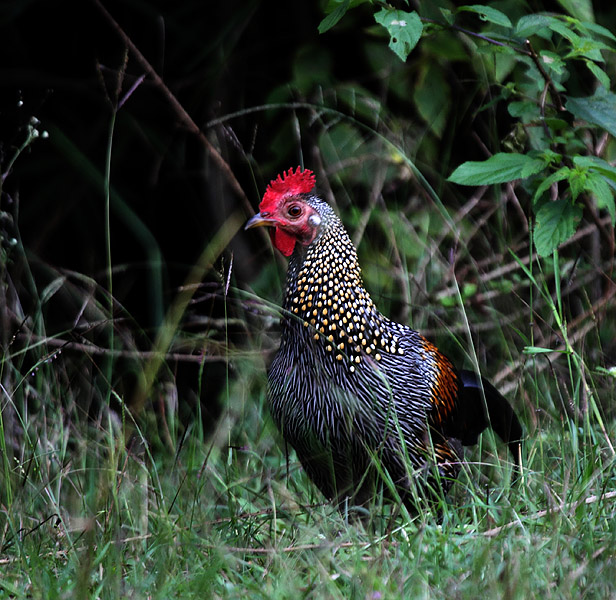
I was busy chasing the birds at the lodge when good news came from the forest. One of the drivers had spotted a leopard kill on a tree in the woods. We drove there next morning in the hope of seeing the elusive big cat guarding its kill. However, like they say grass is greener on the other side, sightings in the jungle are always better from the other jeep! A small group who left the lodge before us got a chance to see the leopard to their heart’s content, but it had disappeared into the thicket just before we arrived. The kill, a sambar deer, was still hanging on a branch a good hundred feet above the ground. I was amazed, imagining the strength of the beast that could lift the carcass weighing more than a hundred kilos up the tree. Later that day, there was news of sightings of leopards, a tiger and a group of wild dogs. I missed seeing them myself, but it was heartening to know that the forest is teeming with these endangered mammals.
I did not see the action that day, but our driver Pradeep entertained me with his tales from the jungle. Only a week earlier, he had spent more than an hour watching a tiger from just a few meters away as it lazily walked past the vehicle and settled comfortably next to a puddle. In another incident, he had observed a bunch of wild dogs pinning down a spotted deer. It must be an exciting life being behind the wheels in this forest.
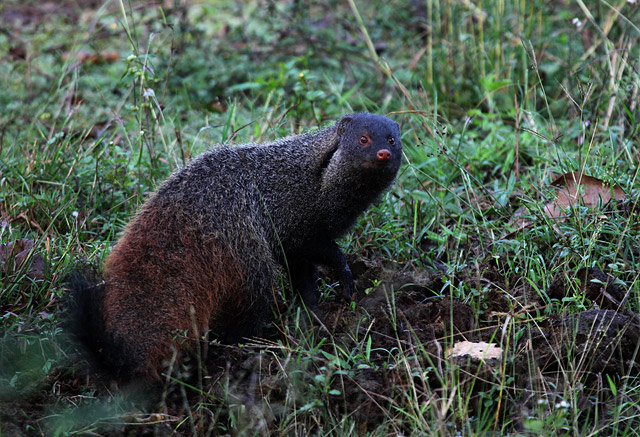
Even while I missed the leopards and tigers, the morning safari was a delightful hour of sighting many birds and smaller animals. I saw several Grey Jungles Fowls flaunting their bright red and grey feathers. Peafowls gracefully walked next to our jeep, as though oblivious to our presence. Malabar parakeets squeaked as they landed on dry branches. A pair of stripe-necked mongoose fought playfully by falling over each other and darted into the bushes on our approach. Alert sambar deer gazed at us as we drove past them. Spotted deer in small groups grazed peacefully next to our tracks. Together, they made up for the disappointment of having missed the leopard.
Wanderings in the woods gave me a closer look at the life in the forest. Back from the unsuccessful search for the leopard, I headed out to Gopalawamy Betta, the highest peak in the park that gave me a different perspective – a bird’s eye view of the expanse.
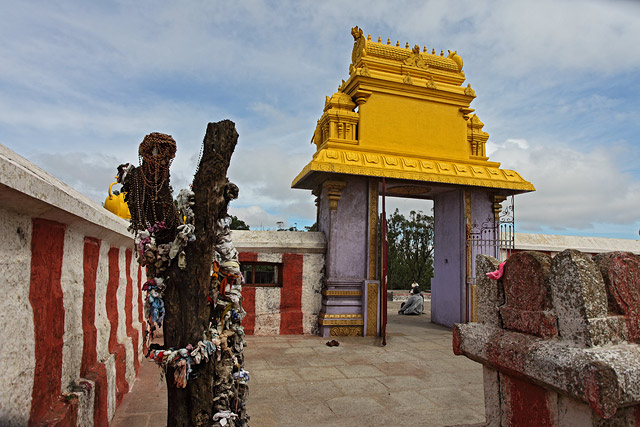
At the peak is a small temple dating back to 14th century built by a Chola King and later patronized by the Maharaja of Mysore. Standing on the temple courtyard, I could see the never ending green canopy of the national park and adjoining forests of Nagarahole and Wayanad. The large reservoir of Kabini—a favourite haunt of elephants during dry summer days—glittered near the horizon. Everywhere else was thick greenery covering the undulating landscape of the park. Lofty mountains of Nilgiri Ranges rose high at the southern edge.
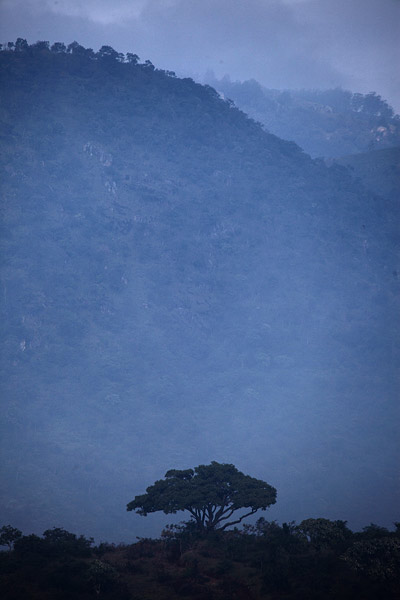
Next morning, Nataraj took me for a short trek in the periphery of the forest. Walking past houses and fenced fields, we sighted yellow browed bulbuls, several larks, ashy prinias and bay-backed shrikes. The tall trees closer to the forest housed less common birds like yellow footed green pigeons, hill mynas and rocket tailed drongos.
My tryst with elephants continued even during the trek. Nataraj spotted a few broken branches, trampled grass and fresh dung which indicated the signs of their presence. They had wandered to the edge of the forest in the night and were foraging in the bushes a little ahead on our way. The presence of elephants meant we had to alter our plans of walking up a hillock in the forest. As we made a round about and returned from the trek, my visit to Bandipur had ended the same way it started – in the company of elephants.

